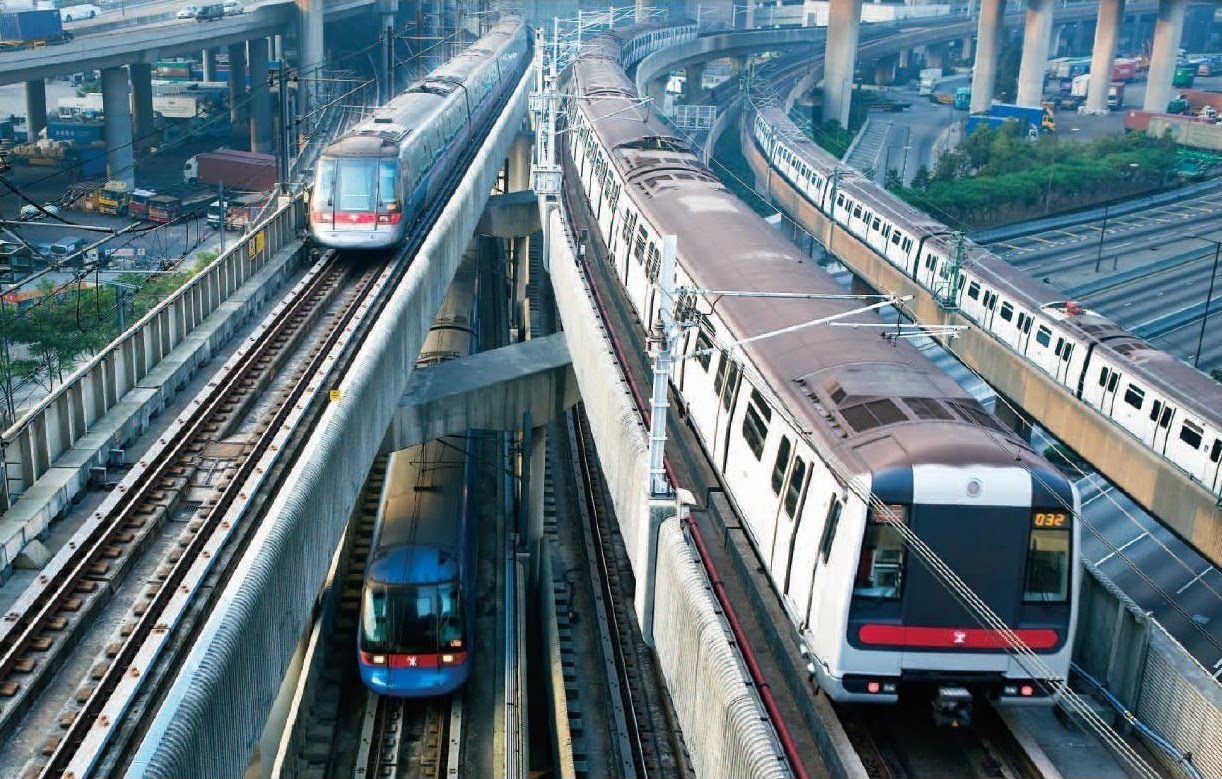Hong Kong Mass Transit Railway
Background
Mass Transit Railway (MTR) is the rapid transit railway system in Hong Kong. The system currently operated by MTR Corporation Limited includes 211.6 km of rail with 155 stations, becoming one of the busiest rail transit systems in the world with a daily passenger rides over 2.45 million. In 2006, MTR Corporation decided to upgrade its wireless communications system, replacing its present MPT 1327 system with a more advanced TETRA system to better serve its expanded businesses. And an open tender of Radio Systems Replacement was offered. Following a competitive tender process, MTR Corporation awarded this project to CLP Engineering, EADS and SEG Communications, a Hytera subsidiary for rail transit communications. For more than three years, engineering and configuration, the whole new system was operated in June 2010, greatly improving communications and dispatching efficiency.
Solutions
The communications system is made up of 5 parts, including:
• Radio Exchange System
• Network Management System
• Dispatch System
• Digital Voice Recording System
• Radio Monitoring System
The system adopts a dual-network dual-core structure, ensuring that the communication system can recover to work in a very short time even if the control center is destroyed.
Features
Dual-network operation for smooth migration
The new TETRA communications system is operated parallel with the old MPT system, facilitating smooth system migration.
Dual-link structure for non-stop operation
All the link devices in the system take a dual-link structure design. When error occurs on one link, the system will automatically switch to another independent link to work. For some devices with single node access such as dispatcher workstation, we will provide a backup system, that is to say, setting up two dispatchers with the same function to avoid link break.
Automatic switch of devices
When the system detects a fatal alarm, the network management center in the system will automatically activate the backup devices. While in the event of a major failure, the whole system can also switch to another end, including all the devices in the network, E1 MUX, E1 Splitter, E1 Switch, Network router, switch and base station etc.
To ensure non-stop system operation, the system supports three degrade modes:
1. Normal mode. All dispatching staff work in the OCC of Tsing Yi Station.
2. I degrade mode. When emergencies like terror attack strike in the OCC of Tsing Yi Station, the dispatching staff will move to the Emergency Prevention Control Center where several key dispatchers are settled for use.
3. II degrade mode. When the links in the Emergency Prevention Control Center break, the dispatcher server will send emergency messages to all online mobiles to forward the messages to the predefined emergency broadcasting group. In this situation, the dispatching staff will do dispatching via portable terminals.
Advanced network management capability
The customized network management system not only achieves unified network management for all sub-devices on one software, but also realizes hot switch of all devices in the network.
Superior GUI (geographic user interface) design
Our dispatch system achieves visualized vehicle dispatching with the availability of real-time vehicle route. It is also the first time for a rail transit dispatching system to get touch screen operation.
Benefits
The two signal systems, ATS and RFID, make the vehicle more safe.
·Tailored solution for specific customer demands.
·High reliability and fault-tolerance capability. Various degrade modes for different emergency handling.
·System interoperability, dual-network operation for smooth migration.
·User-friendly interface. Availability of real-time vehicle location information to avoid rear-end collision.

